I have long avoided talking about Neuromancer, the novel written by William Gibsonin 1984. This book represents the origin of Cyberpunk and is not an easy book by any means. For those reading it now for the first time, it may not impress them as it must have impressed millions of readers more than thirty-three years ago. But today, the time has finally come to face the beast.

“The sky over the harbor had the color of a television screen tuned to a dead channel.”
This is how the book begins. A full-fledged declaration of intent. I have personally read very few science fiction authors with such complex, rich and sometimes poetic prose. But do not be fooled, it is not beautiful, it fulfills a function: to transport us to another world where the conception of beauty is measured in other parameters.
A great deal has been written about this novel, which revolutionized science fiction in the 1980s, giving the genre a boost. An impulse that transcended the literary and settled in fashion, cinema and music. Cyberpunk landed like a tidal wave in the eighties. I could talk a lot about all this, but I would like to talk about the novel itself. From the purely literary, for once.
Gibson uses a very widespread resource in science fiction: inventing things and introducing them into the plot without explaining anything. In this way, by dint of reading the context and getting carried away by the action, it is not necessary to know all the details. It rarely works as well as with Neuromancer, perhaps because it does not reach the excess of the works of other more modern authors. Besides, he does it in a progressive way and very well integrated into the narrative. In fact, if you pick up the first two pages of Neuromancer, what will you see: a sleazy bar, hookers, scars, alcohol, a cyborg implant and a cultural mix that serves as glue to bind together a park of disparate oddities:
“The archaic arm squeaked as it reached out to grasp another jar. It was a Russian military prosthetic, a force-feedback manipulator with seven functions, attached to a grimy piece of pink plastic.
-You are too much the artiste, Herr Case. -Ratz grunted; the sound served as a laugh. She scratched her pink claw across her excess belly in a white shirt. You are the artiste of the slightly funny business.
-Sure,” Case said, and took a sip of beer. Someone has to be funny here. Rest assured that’s not you.”
The characters in Neuromancer are very human, a strong contrast to the cold and impersonal environment in which they live, where technology invades everything, especially the intimacy of people: body and consciousness. Thus we find how one of the protagonists (Molly) has been a meat doll. There is no need to explain too much what it means. The trade of the other protagonist (Case) is somewhat more novel: he is a cyberspace cowboy. Okay, now it sounds ridiculous, I know. But the term hacker was coined later, and comes to mean something relatively similar. Other important characters are a psychopath with a thousand faces and illusions, a digitalized being (a hacker, Case’s mentor) and Armitage, a human who has been reprogrammed by an artificial intelligence. AIs and near-immortal humans that represent the omnipresent power of the Zaibatsus– multinationals that have transcended the boundaries of politics and the market and dominate governments and societies across the globe – deserve special mention. However, his style is not “worldbuilding” in the style of science fiction, he does not build from above, but from below, from the characters and what makes them vulnerable and human. Case, for example:
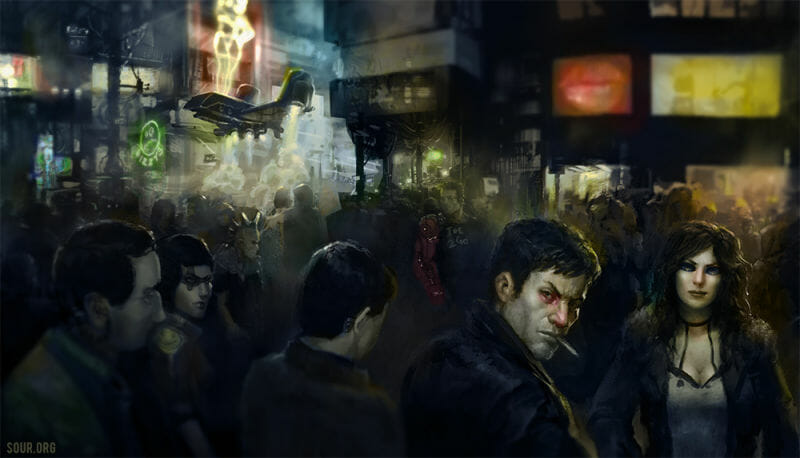
Chiba by sourgasm from the CGHub Neuromancer challenge.
“-No, if I remember taking my pills,” he said, as a tangible wave of longing, desire and loneliness hit him, riding the wavelength of amphetamine. He remembered the smell of Linda’s skin in the superheated darkness of a niche near the harbor, her fingers entwined on his back.”
Gibson’s futuristic dirty realism, unsurprisingly, deals with the old human vices: drugs, sex and money. But it doesn’t wallow in them, they serve the purpose of lubricating the story, but nothing more, which is appreciated. It incorporates sex in a hyper-capitalist world, where everything is sold and everything is bought. But Gibson doesn’t take the easy way out; in every scene, he draws brilliant postcards from everyday moments:
“They looked like tall, exotic animals of the savannah, swaying gracefully and unconsciously, following the sway of the train, high heels like lustrous hooves on the gray metal of the carriage floor.”
The real world of Neuromancer: the SPRAWL
The story takes place between three worlds, the first of all, the present, in the dank, dark and suffocating reality of the extended cities (which Gibson calls “sprawl”): the narrative begins in Nightcity (the underworld of Chiba, in Japan) and wanders through Case’s native sprawl in the USA and through cities like Istanbul. The closing of the story is in orbit, Freeside, a space city at the L5 point of Lagrange, and where the world’s elite live nearby: Villa Straylight.
THE VIRTUAL WORLD: CYBERSPACE
Cowboy territory like Case is where information is exchanged between the big data systems of the Zaibatsu, the non-place where information is trafficked, stolen and can also be killed. It is the working environment for operators and IAs. The cowboys enter, trespassing the boundaries and forcing their way in, like scavenger birds. Gibson presents us with an ecosystem of elements that only exist in cyberspace, such as “ice” (ICE) and other virtual forms of representing weapons, defense systems and virtual information structures in a purely fictitious world, where emotions do not exist, only data. Case’s objective is to penetrate the defenses of the Tessier-Ashpool, one of the most powerful Zaibatsus, to execute a plan drawn up in advance by an AI. To do so, he will rely on military icebreaker technology and the help of his former mentor, Flatline, now digitized.
THE WORLD OF SIMESTIM: The pleasure of the senses
If cyberspace was the metaphysical and rational counterpart of the real world, simestim is the sensory and emotional part of the shadowy real world. Although Gibson does not detail much, it is perceived as the only way to anesthetize the senses to reality, of course by trading on the emotions of others. Perhaps this is the least exploited part of Neuromancer, and the one that has given the most scope to others to extend the concept.
Artificial Intelligence (AI) and NON-DEATH
Gibson introduces the concept of Artificial Intelligence as a character. It is not new, although it is innovative in its approach to its origin and vital needs. In addition, Neuromancer and his partner are the driving force of the story. Wintermute is the most important character, and although he has no physical presence, he makes his presence felt in the physical world:
On his way back to the lobby, cigarettes forgotten, he had to walk along the phone line. They all sounded in succession, but only once, as it passed.”
Rarely has an AI given me chills. Gibson succeeds. So do the characters at the end, who introduce the Tessier-Ashpool clan, one of the most powerful Zaibatsus. There we will find a family that uses clones to perpetuate itself over time, in one of the darkest scenes of the book. 3Jane and 8Jean are the heirs to an empire in which their ancestors never die. Like old mummies, clinging to a meaningless life.
“At first it was but a drop, a night granite that crept in, attracted by the cold… Others followed it, and filled my head, like rain fills an empty pool. I remember the lilies. The ponds were terracotta, the nannies were chrome, and there were arms and legs twinkling at dusk crossing the gardens… I’m very old, Molly. I’m over two hundred years old, if you count the cold. The cold” … “How much I ramble… Through the cold. But it will soon be over. I ordered a Jane to be thawed out, when I woke up. It’s strange, taking to bed, every so many decades, what in legal terms is your own daughter.”
Creepy, isn’t it? However, it could be said that throughout the book you won’t find a “bad bad guy”. Although the protagonists are somewhat archetypal, they are all somewhat like an anti-hero: full of wounds and multiple facets, almost all of them dark. You can’t fall in love with any character, but you can hold your breath, claw at the book (or e-reader in my case) and keep reading, falling into an ever-deepening pit.
Summary and conclusions
Neuromancer is one of the most revolutionary books in the history of science fiction, but it is not easy to read. It is dense, poetic, complex and not perfect. It has generated hundreds of studies, theses and analyses, in and out of science fiction. Time magazine said it was one of the most important English-language works of the twentieth century and I think they are not wrong, it is probably one of the most influential works in science fiction. He has the honor of having won the Philip K. Dick, Nebula and Hugo awards in the same year. By 2007 it had sold 6.5 million copies worldwide.
I am one of those people who prefer to choose to read books that are strange, underrated, different. In Neuromancer you will find that it is, except that millions of people before you, realized it.
If you want to continue reading about cyberpunk, you can continue reading in my post “Cyberpunk: 10 curiosities you didn’t know about“or sink your teeth into some of my other blog posts, such as the one I wrote about Shirley or my introduction to cyberpunk for neophytes to the genre, or this other entry on “Ready player one“one of the last novels of the genre.
And of course, you can always read my novel “
11,4 light dreams
“, Cyberpunk with a different touch :)

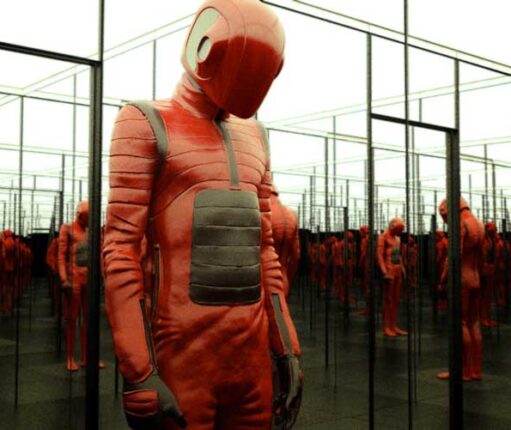
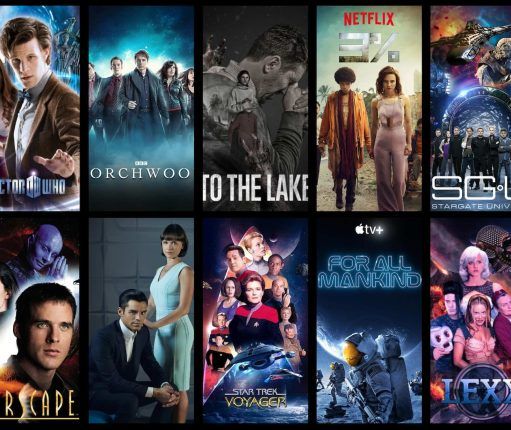

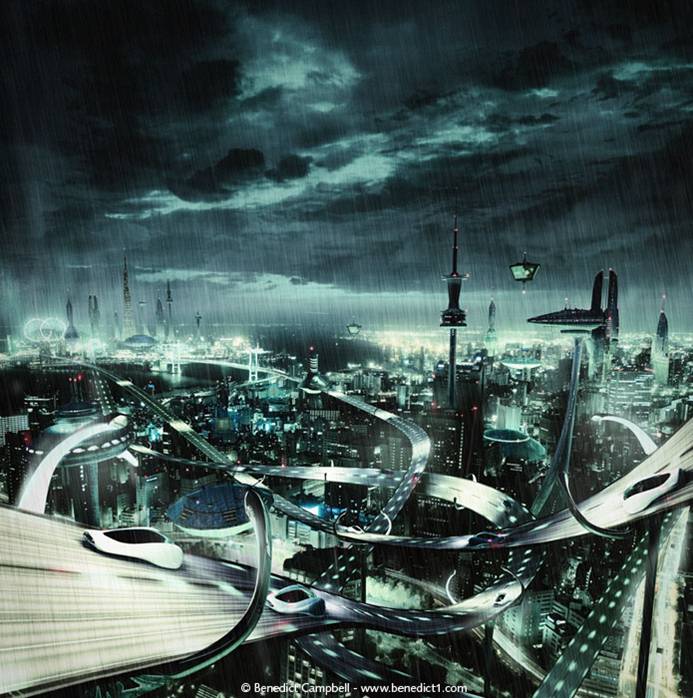
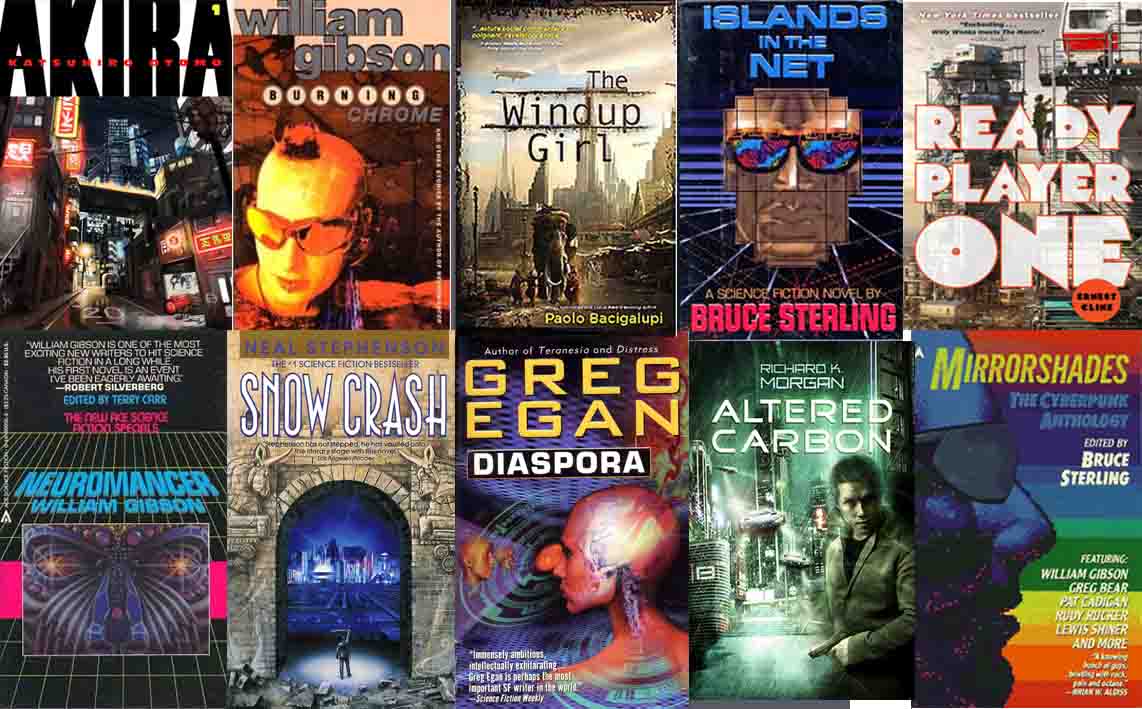
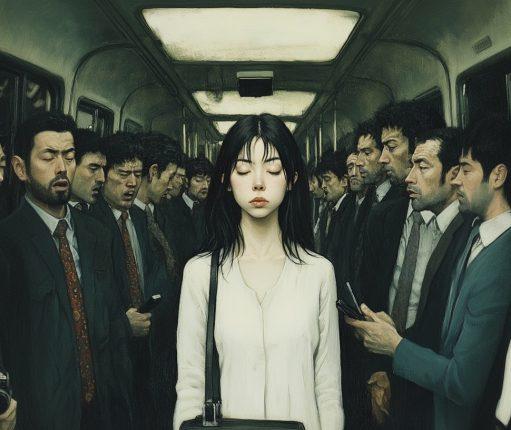
No Comments